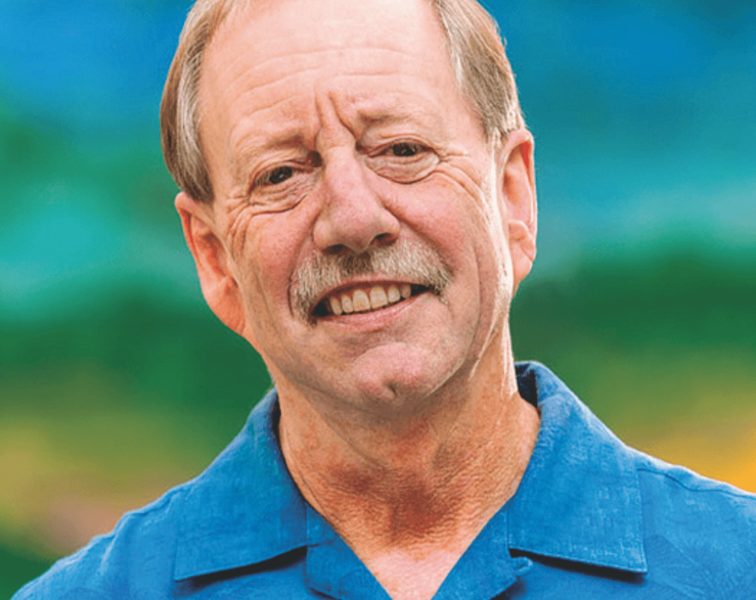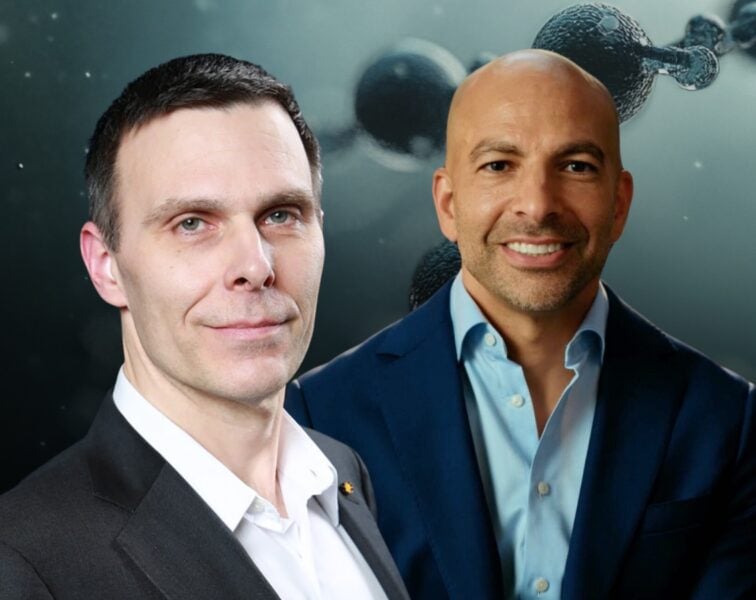One of the biggest challenges in aging science is that we don’t have any biomarkers that can reliably track the aging process. Such biomarkers – were they to exist – would have obvious uses in predicting lifespan, but perhaps more importantly, they would finally allow us to assess the efficacy of interventions intended to slow the aging process. When you take a drug to lower blood glucose, apoB, or blood pressure, you can titrate the dosage up or down as needed because you have a readout, a biomarker, to monitor the magnitude of the drug’s effect. But when it comes to the most interesting geroprotective molecules – rapamycin, metformin, or NR/NMN, to name a few (we use the term “geroprotective” to denote that such drugs target the basic hallmarks of aging rather than specific diseases) – we have no biomarker to tell us (1) if the drug is having any effect, and (2) if we are taking too much or not enough.
However, in the past decade, a technology has emerged that might offer a clue. Several consumer-facing “biological clocks” claim to give the user insight into their “biological age,” which may be different from their “chronological age.” If biological clocks accurately predict future lifespan and could demonstrate that an intervention postpones mortality, they might prove to be a useful tool in determining the efficacy of geroprotective therapies.




